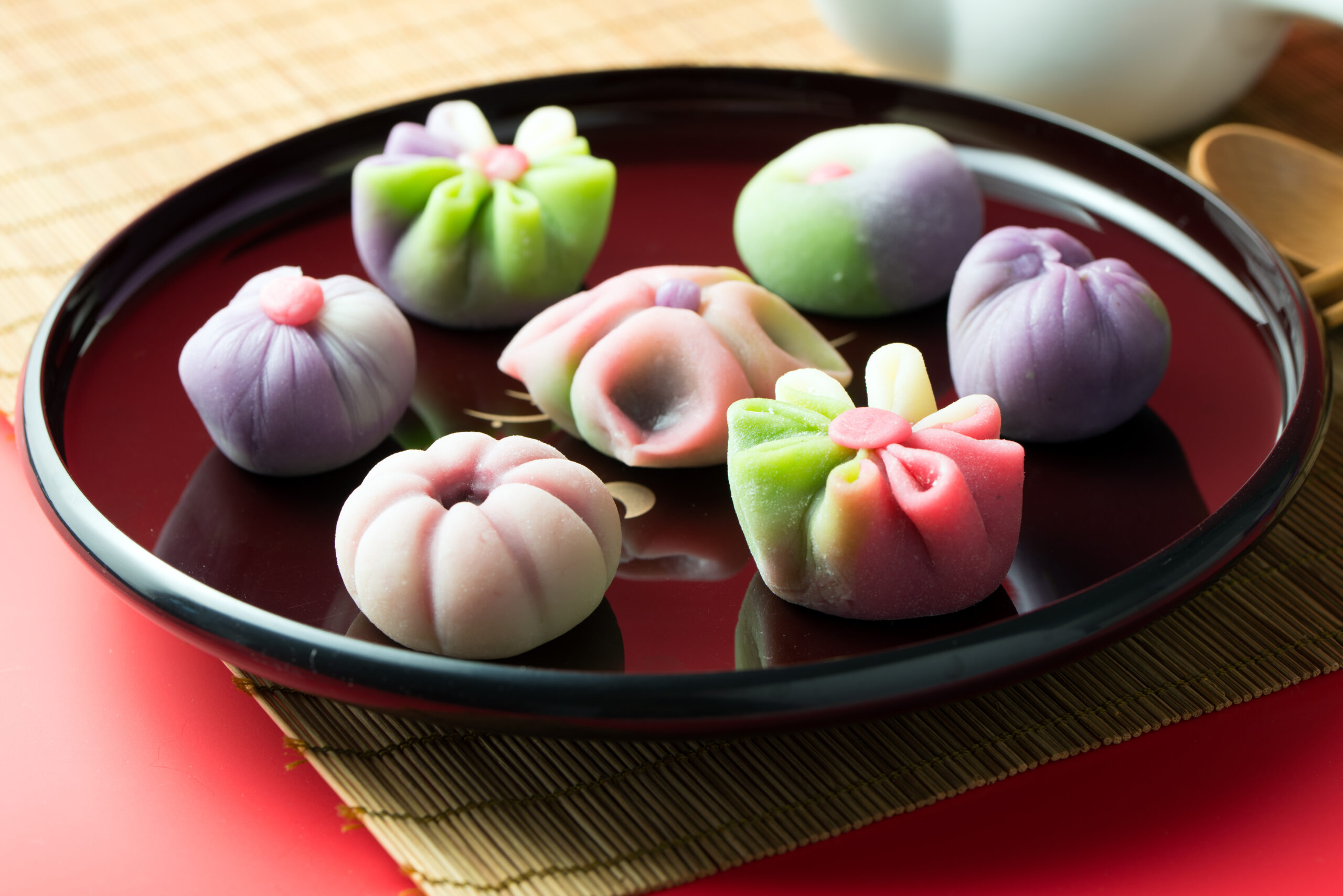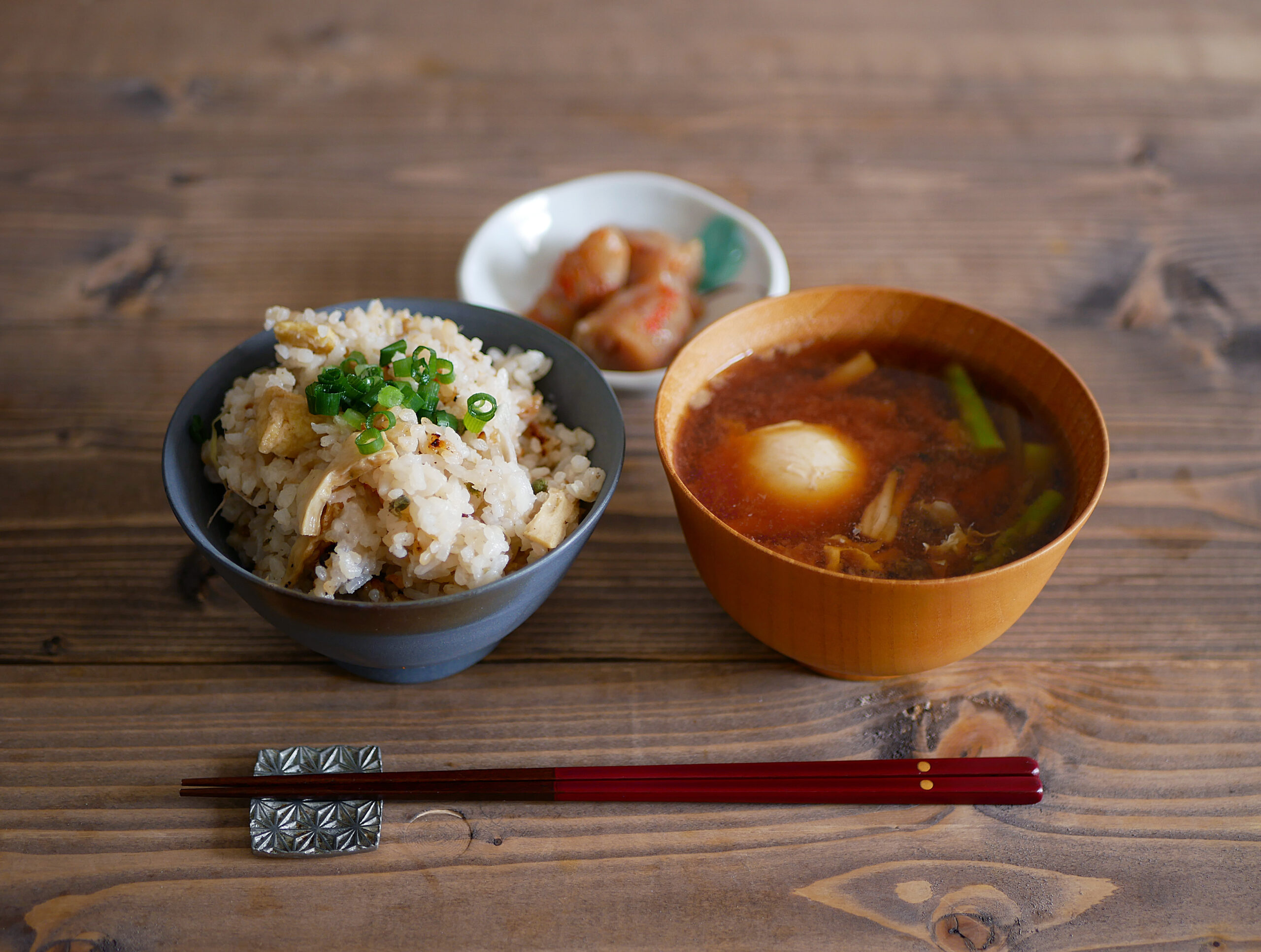When we think of Japan, it’s easy to picture ancient temples, cherry blossoms, or the elegant art of tea. However, there is a silent protagonist that has shaped its history, cuisine, and landscape for over two thousand years: rice.
Traveling through Japan following the path of rice is to discover the most authentic part of the country. From planting a seedling in the mud to savoring a freshly made onigiri, each grain tells a story of land, water, and tradition.
The landscape that changes with the seasons
In spring, the fields fill with water and look like temporary lakes. In summer, the green plants wave as if greeting the wind. And in autumn, the golden ears make the sun seem warmer.
The seasons of the year and this process leave a poetic, subtle, and at the same time artistic message: “Rice teaches us to wait. Sow, care, and then give thanks.
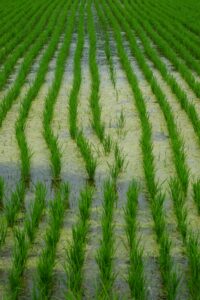
Experiences that revolve around rice
Japan has found a thousand ways to celebrate this grain.
- Tanbo Art (art in rice paddies): In Inakadate, farmers create giant mosaics with different varieties of rice, forming images that can only be appreciated from viewpoints. It is ephemeral art, disappearing with the harvest.
- Sake Tours: The aroma of steam and fermentation in a sake brewery is something that cannot be described, it must be experienced.
- Harvest festivals: At events like Niiname-sai, offerings are made to the gods for the new rice. There I understood that for the Japanese, eating rice is also a spiritual act.
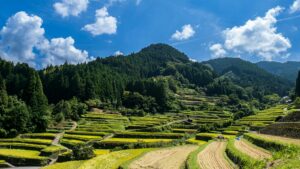
Varieties that tell their own story
Although there are more than 300 types, there are some that are true protagonists:
- Koshihikari: Creamy, sweet, and shiny, the king of rice, perfect even alone with a little salt.
- Sasanishiki: Lighter, ideal for delicate dishes.
- Hitomebore: It´s name means “love at first sight” and, yes, it captivates from the very first bite.
- Akitakomachi: Delicate and elegant, like the snowy landscapes from which it comes.
Each variety adapts to its climate, its water, its people. It is a silent bond between the place and the flavor.
A symbol that transcends food
In Japan, gohan means ‘cooked rice’ but also ‘food’ in general. This says a lot: it is not just another dish, it is the center of the table and of culture. It has been currency, offering, and even today, a reminder of gratitude towards the land.
When you finish a bowl of rice, saying gochisousama deshita (‘thank you for the meal’) is not just courtesy: it is recognition of all those who made it possible for those grains to reach you.
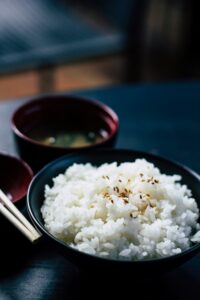
Rice in Japan is not just food: it is tradition, spirituality, and a way of understanding the passing of time. From rice fields that change with the seasons to the varieties that become dishes filled with history, this grain beats at the very heart of Japanese culture. Traveling to Japan also means discovering how every meal, every ceremony, and every culinary experience is woven together by rice as its common thread.
At Encounter Japan Travel, we invite you to experience this connection firsthand: walk through rice fields, take part in local harvests, learn from culinary artisans, and savor the authenticity of a Japan revealed in every bite. More than a trip, it is a journey to feel the essence of Japan through its most sacred food.
By: Luis E. Hernandez

